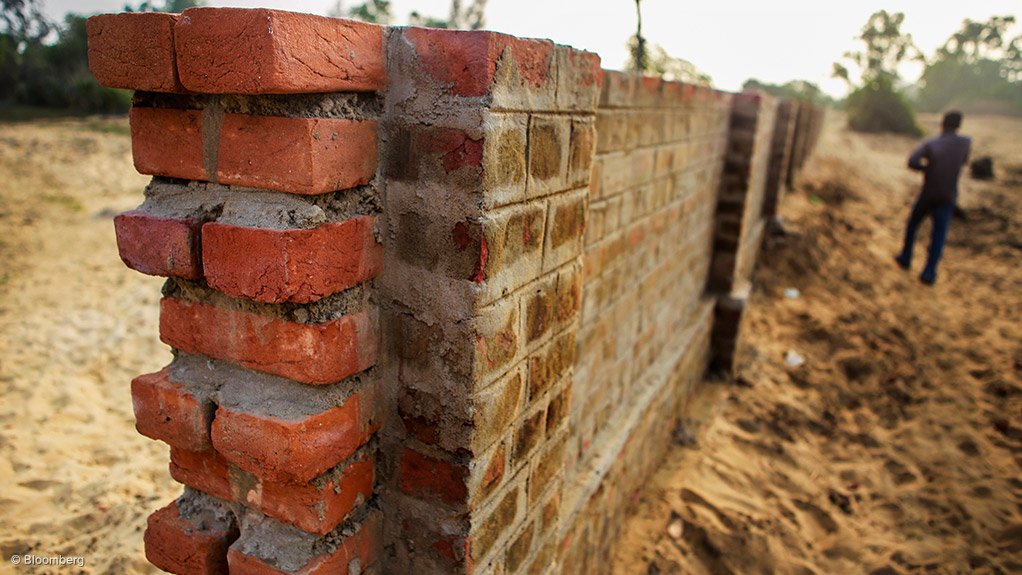Feedback from the Mineral Resources Minister on whether the expansion of clay brick company Era Bricks’ southern clay quarry can proceed is expected in the second quarter of this year.
Era Bricks is looking to expand the quarry on the Rietvalei farm near Delmas, in Mpumalanga, extending the project’s life-of-mine (LoM) in a phased approach to 2086.
The company’s clay mining operation consists of the north and south quarry, which the company plans to expand in a north-easterly direction.
Phase 1 is proposed to cover an area of about 15 ha that will be mined until 2047, while Phase 2 will cover an area of about 15.5 ha that will be mined until 2075. Phase 3 should see about 23.3 ha mined until 2086.
The LoM of the existing operations at the southern quarry is estimated to comprise sufficient reserves to supply Era Bricks with clay material for the next three to five years.
Era Bricks secured a new order mining right for the existing clay quarries from the Department of Mineral Resources (DMR) in 2013.
Engineering and environmental consultant Jones & Wagener has been appointed to assist in applying for environmental authorisation for the proposed extension.
The authorisation is being applied for in terms of the 2014 Environmental Impact Assessment regulations (GNR 982) promulgated under the National Environmental Management Act 107, of 1998.
The application serves to support an amendment to the existing mining right in accordance with Section 102 of the Mineral and Petroleum Resources Development Act (MPRDA) 28, of 2002.
The MPRDA states that a mining right or permit “may not be amended or varied (including by extension of the area covered by it or by the addition of minerals or shares or seams, mineralised bodies or strata, which are not at the time the subject thereof) without the written consent of the Minister”.
The Environmental Impact Report (EIR) and the Environmental Management Programme have been finalised and submitted to the DMR for consideration and approval. The report states that the Minister must grant a prospecting or mining right if the mining “will not result in unacceptable pollution, ecological degradation or damage to the environment”.
The EIR contains information obtained from various specialists, including an ecological assessment undertaken by environmental firm Pachnoda Consulting in April 2016.
The expansion area falls within the grassland biome and more particularly the mesic highveld grassland bioregion. Also, the natural vegetation on the study site is regionally classified as Eastern Highveld Grassland.
About 30% of the study site, encompassing untouched and transformed grassland, constitutes Eastern Highveld Grassland. The vegetation is short and dominated by graminoid species which are various grass-like plants. Unfortunately, nearly 44% of this grassland type is already transformed by cultivation, coal mining and the creation of artificial impoundments.
However, no red- or orange-listed, meaning protected, plant species with known distribution patterns were observed in the area, says the EIR. Schedule A, under the Natural Forests Act 84, of 1998, lists 47 tree species that are protected in South Africa. No protected tree species were found in the study.
Animals of conservation concern include species such as yellow-billed storks, black storks, flamingos, the Maccoa duck and the near-threatened serval. According to the EIR, these species are considered as uncommon or irregular foraging visitors to the study area.
Edited by: Tracy Hancock
Creamer Media Contributing Editor
EMAIL THIS ARTICLE SAVE THIS ARTICLE
ARTICLE ENQUIRY
To subscribe email subscriptions@creamermedia.co.za or click here
To advertise email advertising@creamermedia.co.za or click here













